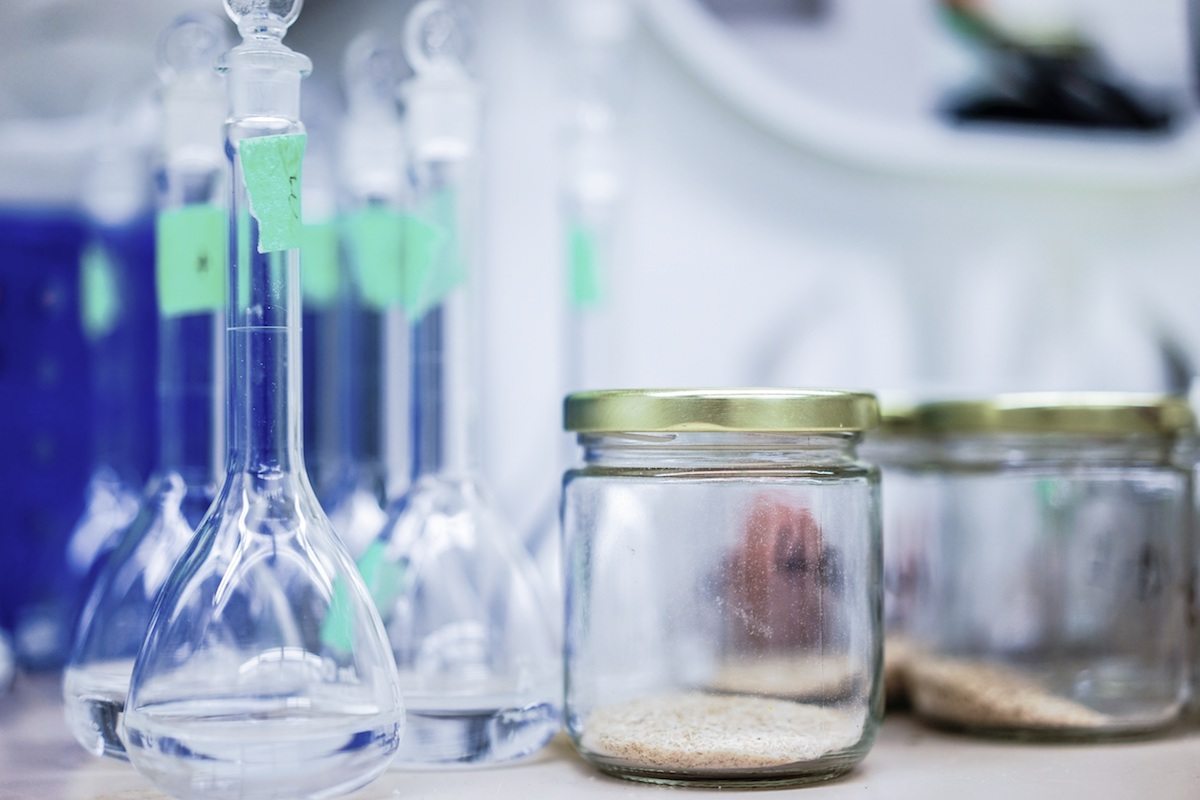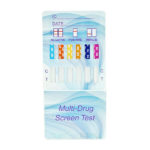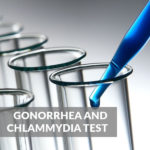
Aside from a breath alcohol test, drug testing does not determine impairment or current drug use. Rather, drug testing determines a specified amount or presence of a drug or its metabolite in urine, blood or an alternative specimen. There is a minimum measurement applied to drug testing so that only traces of a drug or its metabolite above a specified level is reported as positive. This measure is known as a “cut-off level,” and it varies for each drug. Setting cut-off levels involves understanding the expected results of testing and determining the needs of the employer’s drug-free workplace program. For instance, if a cut-off level is set low, test results will come back with more “false positives” as some “passive” users could test positive. (For example, a low cut-off level could cause a positive result from consuming poppy seeds.) Conversely, a high cut-off level will result in more “false negatives,” and thus some users may go undetected. However, a high cut-off level lessens the likelihood of taking action against someone based on “passive” exposure, and for this reason SAMHSA’s guidelines set cut-off levels on the high side.






